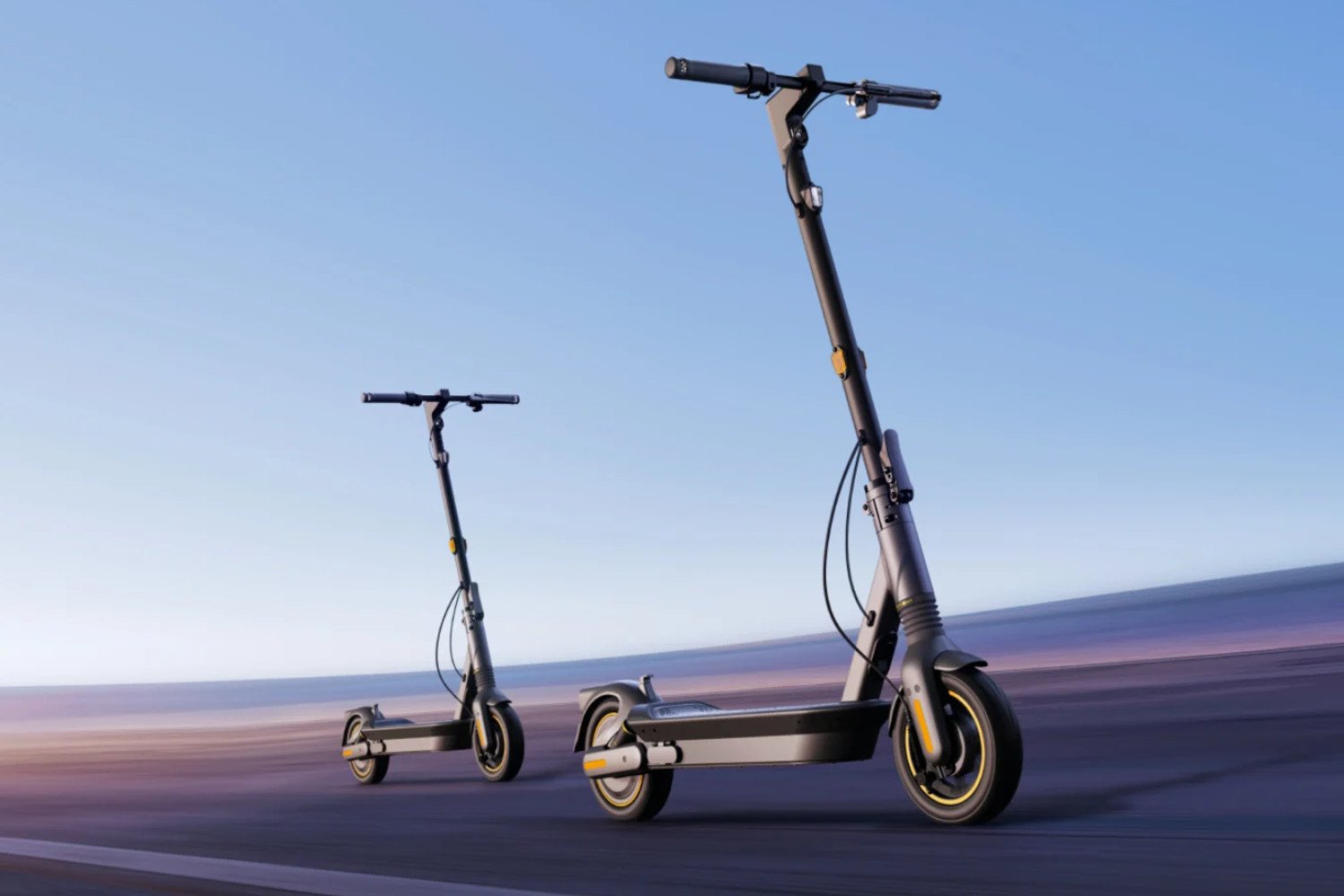NASA’s Voyager spacecraft controllers are having a hard time. After sending back meaningless data for six months, everything was back to normal for Voyager 1 thanks to a software update. But now it has hit a much more mechanical snag.
In short. The Voyager 1 space probe, launched 47 years ago, has managed to ignite a set of thrusters that it had not used for decades. This is the solution that NASA resorted to in order to correct the orientation of the ship after an obstruction in the engines that it normally uses.
Clogged pipes. After half a century of wandering in space, the fuel tubes on the thrusters Voyager 1 was using became clogged with silicon dioxide, a product of the aging of a rubber diaphragm in the fuel tank.
The original diameter of the tubes was 0.25 millimeters, but the blockage reduced it to 0.035 mm, half the length of a human hair.
The mission was at risk, again. There is nothing in interstellar space that can slow the probe down, but it needs to keep its antennas pointed toward Earth to receive commands and send scientific data.
Mission controllers risked losing communications with Voyager 1 if they did not do something to correct its orientation. As happened in 2002 and 2018, the thruster branch had to be changed.
An energy problem. The solution was not to simply use other engines. The alternative propellants were cold due to the lack of energy to heat them, which could have damaged them if they had been started without caution.
Voyager 1 is running on a plutonium source that is running low on power, leading to the shutdown of non-essential systems, including the heaters on those engines.
Raising the temperature. To power them up, the mission team decided to temporarily shut off one of the main heaters for an hour and redirect power to warming the idle thrusters before turning them on.
The solution required weeks of analysis and testing before commands were sent to the probe. Voyager 1 is so far away that software updates take a day to arrive and another to be confirmed.
Dos old ships. By successfully firing its dormant engines, NASA has managed to extend the life of Voyager 1 so that it can continue to provide information about interstellar space, a region where the Sun barely has any influence, which we are just beginning to learn about thanks to this probe.
Voyager 1 and its twin Voyager 2 are old and doddering, but by carefully managing their power and monitoring the performance of their thrusters, NASA is managing to extend their useful lives much longer than expected.
At WorldOfSoftware | Why the Voyagers receive more light than a full moon night if they are 20 billion kilometers from the Sun










